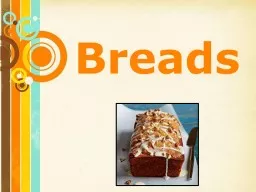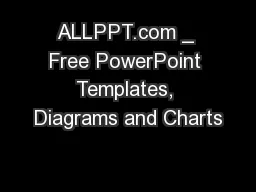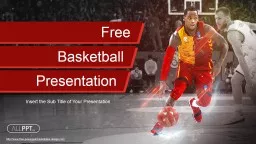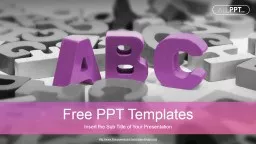PPT-Free Powerpoint Templates
Author : alexa-scheidler | Published Date : 2018-03-18
Breads Two Basic Forms of Baked Goods Quick Breads Yeast Breads They are fast or quick less than an hour to bake They use baking soda or powder for leavening They
Presentation Embed Code
Download Presentation
Download Presentation The PPT/PDF document "Free Powerpoint Templates" is the property of its rightful owner. Permission is granted to download and print the materials on this website for personal, non-commercial use only, and to display it on your personal computer provided you do not modify the materials and that you retain all copyright notices contained in the materials. By downloading content from our website, you accept the terms of this agreement.
Free Powerpoint Templates: Transcript
Download Rules Of Document
"Free Powerpoint Templates"The content belongs to its owner. You may download and print it for personal use, without modification, and keep all copyright notices. By downloading, you agree to these terms.
Related Documents














